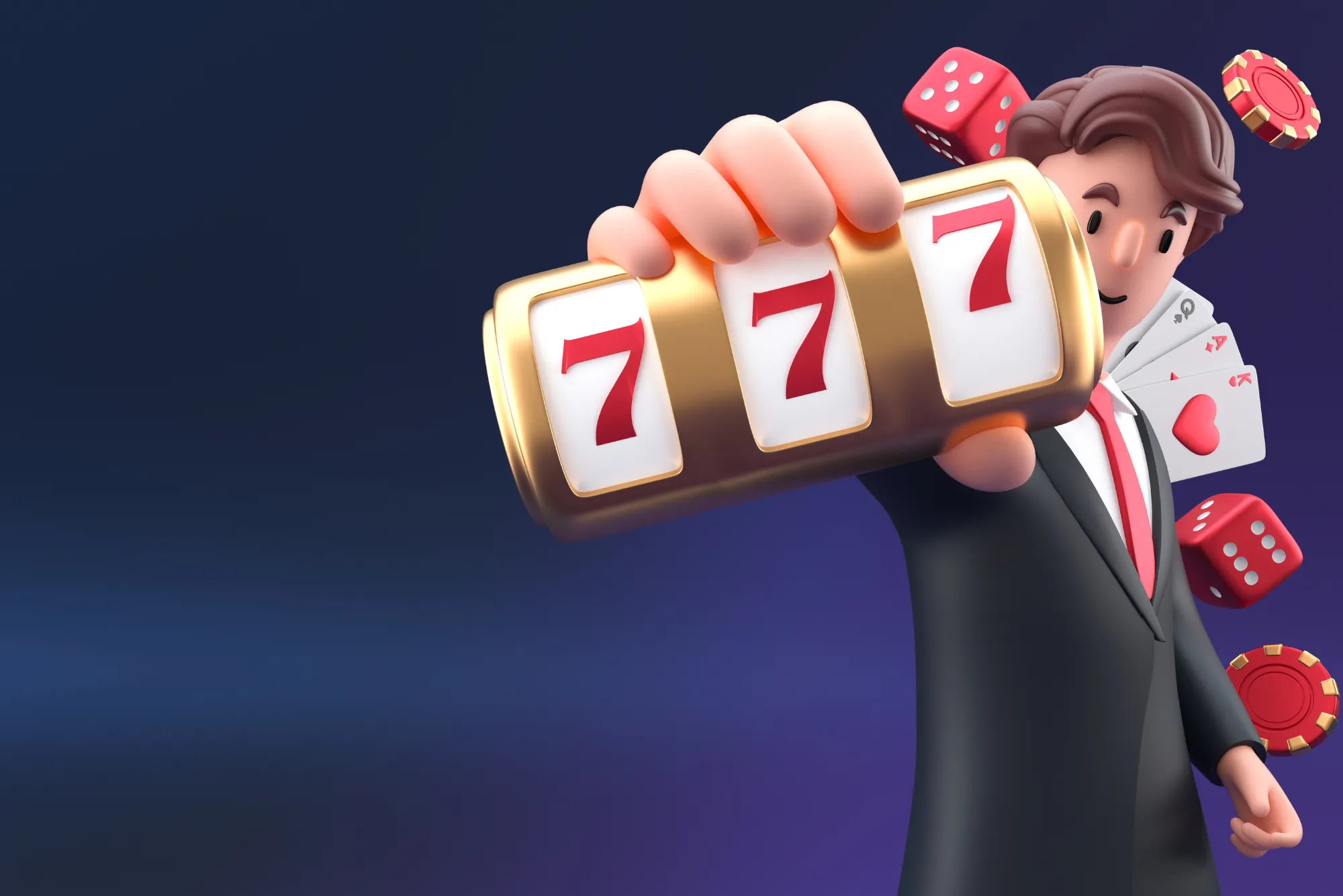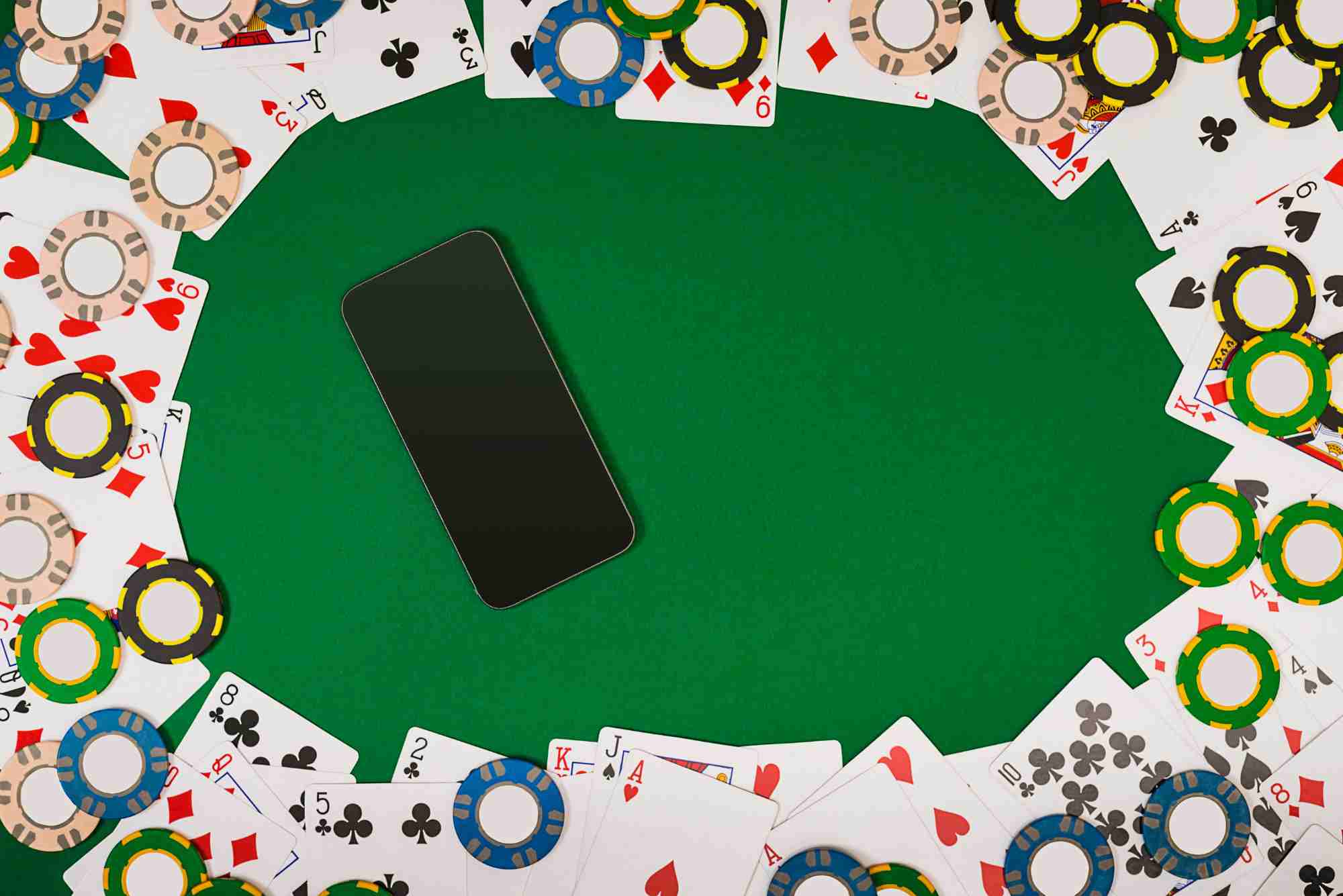Slot games are a staple of online gambling, attracting players with their vibrant graphics, engaging themes, and the tantalizing promise of big wins. For players exploring casinos not on GamStop, understanding the mechanics behind these games is crucial to making informed decisions. One term that frequently surfaces in slot discussions is RTP, or Return to Player. But do RTP values guarantee better slot wins? This article dives deep into what RTP means, how it works, and whether it’s a reliable predictor of success at casinos not on GamStop. By the end, you’ll have a clear understanding of RTP’s role and how to leverage it for a better gaming experience.
What is RTP in Slot Games?
RTP stands for Return to Player, a percentage that indicates the average amount a slot game returns to players over a large number of spins. For example, a slot with a 96% RTP theoretically returns $96 for every $100 wagered. This figure is calculated over millions of spins, making it a long-term average rather than a short-term guarantee. RTP is a critical metric for players at casinos not on GamStop, as it provides insight into a game’s payout potential.
However, RTP is not a promise of immediate returns. It’s a statistical measure, and individual sessions can vary widely due to the random nature of slots. The Random Number Generator (RNG) ensures that each spin is independent, meaning past outcomes don’t influence future ones. So, while a high RTP might suggest better odds over time, it doesn’t mean you’ll win more in a single session.
How RTP Affects Your Gameplay
When choosing a slot at casinos not on GamStop, RTP is one of several factors to consider. Slots typically have RTPs ranging from 92% to 98%, with higher percentages generally indicating better long-term value. For instance, a slot with a 97% RTP is likely to return more to players than one with a 93% RTP, assuming all other factors are equal. But does this mean you’re guaranteed to win more with a higher RTP? Not quite.
The key lies in understanding volatility, which works alongside RTP. Volatility, or variance, describes the risk level of a slot. Low-volatility slots pay out smaller, more frequent wins, while high-volatility slots offer larger but less frequent payouts. A high-RTP slot with high volatility might drain your bankroll quickly if you hit a losing streak, while a low-RTP slot with low volatility could provide steadier, smaller returns. Players at casinos not on GamStop should balance RTP with volatility to match their risk tolerance and playing style.
Does a Higher RTP Guarantee Wins?
The short answer is no—RTP does not guarantee wins. It’s a theoretical metric based on millions of spins, not a predictor of individual outcomes. A slot with a 98% RTP could see you lose your entire budget in one session, while a 92% RTP slot might yield a big win. This is because slots are inherently random, and short-term results are unpredictable. RTP is more about long-term expectations than immediate results.
For example, imagine playing a slot with a 96% RTP. Over 1 million spins, the game is expected to return $960,000 for every $1 million wagered. But in a single session of 100 spins, you might win big, lose everything, or break even. The RNG ensures that each spin is a standalone event, unaffected by the RTP. This randomness is what makes slots exciting but also why RTP alone can’t guarantee success.
Other Factors That Influence Slot Wins
While RTP is important, it’s not the only factor affecting your chances of winning. Here are other elements to consider when playing at casinos not on GamStop:
1. Volatility
As mentioned, volatility determines the frequency and size of payouts. High-volatility slots are riskier but offer bigger rewards, while low-volatility slots are safer but with smaller wins. Choose based on your budget and patience.
2. Bonus Features
Many modern slots include features like free spins, multipliers, and bonus rounds. These can significantly boost your winnings, sometimes more than RTP alone. Check the game’s paytable to understand its bonus potential.
3. Bet Size
Your wager impacts potential payouts. Higher bets may unlock larger jackpots or progressive features, but they also deplete your bankroll faster. Manage your bets to align with your budget and the slot’s RTP.
4. Game Provider
Reputable providers like NetEnt, Microgaming, or Play’n GO often produce slots with fair RTPs and reliable RNGs. Stick to trusted developers for a better gaming experience.
5. Jackpots
Progressive jackpot slots often have lower RTPs because a portion of each bet contributes to the jackpot pool. If chasing life-changing wins, you might tolerate a lower RTP for the chance at a massive payout.
How to Use RTP to Your Advantage
While RTP doesn’t guarantee wins, it can guide your strategy. Here are practical tips for players:
Choose High-RTP Slots: Look for games with RTPs of 96% or higher for better long-term value. Many casinos not on GamStop list RTP in the game’s info section.
Combine with Low Volatility: If you prefer steady gameplay, opt for high-RTP, low-volatility slots to maximize playtime.
Test with Free Play: Many platforms offer demo modes. Use these to test a slot’s mechanics without risking money.
Set a Budget: RTP is a long-term metric, so manage your bankroll to weather short-term losses. Never chase losses expecting RTP to “kick in.”
Check Reviews: Read player reviews or expert analyses to find slots with favorable RTP and bonus features.
Myths About RTP
Several myths surround RTP, leading to misconceptions. Let’s debunk a few:
Myth 1: High RTP Means Instant Wins
RTP is a long-term average, not a short-term guarantee. A 97% RTP slot can still result in losses during a single session.Myth 2: RTP Ensures Fairness
While RTP reflects a game’s payout structure, fairness depends on the RNG and the casino’s licensing. Always play at reputable casinos.Myth 3: RTP Applies to Every Player
RTP is an average across all players, not a personal guarantee. Your results may differ significantly from the stated percentage.
Why RTP Matters at Casinos Not on GamStop
For players exploring casinos not on GamStop, RTP is a valuable tool for comparing slots and setting realistic expectations. These platforms often offer a wide range of games, and knowing the RTP helps you identify titles with better payout potential. However, always verify the casino’s credibility, as unlicensed operators may manipulate RTPs or use unfair practices. Stick to reputable platforms with transparent game information to ensure a fair experience.
Conclusion
RTP is a useful metric for understanding a slot’s long-term payout potential, but it’s not a magic bullet for guaranteed wins. At casinos not on GamStop, combining high RTP with low volatility, smart bankroll management, and an understanding of bonus features can improve your gaming experience. However, the random nature of slots means luck plays a significant role. By focusing on informed choices and responsible play, you can maximize enjoyment and make the most of your time spinning the reels. Always approach slots with realistic expectations, and let RTP guide—rather than dictate—your strategy.







